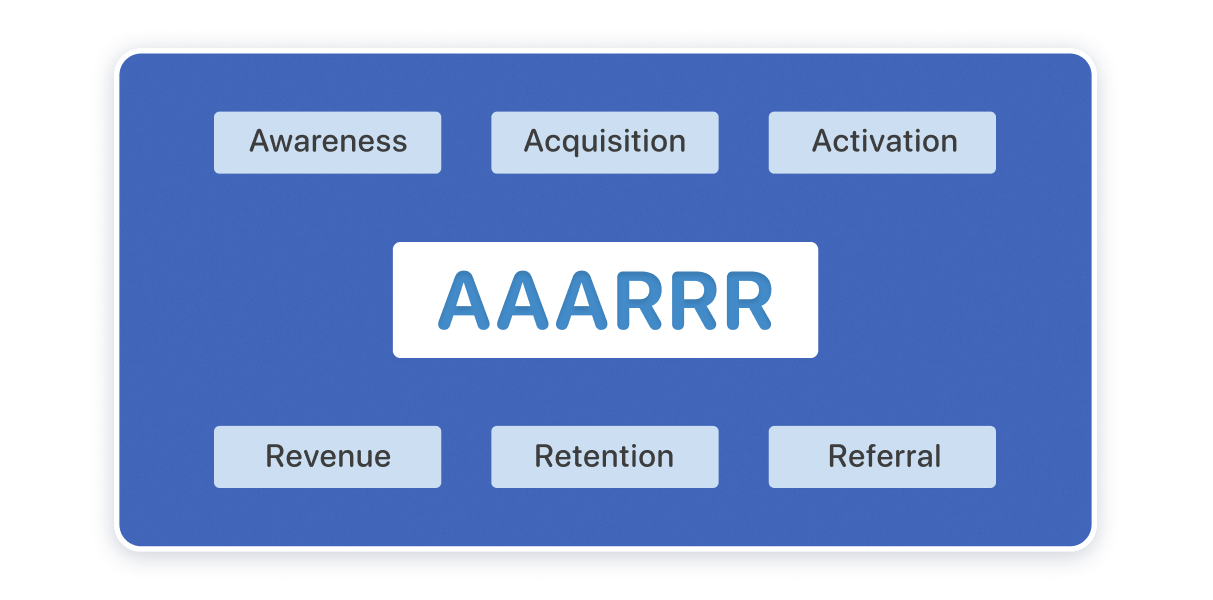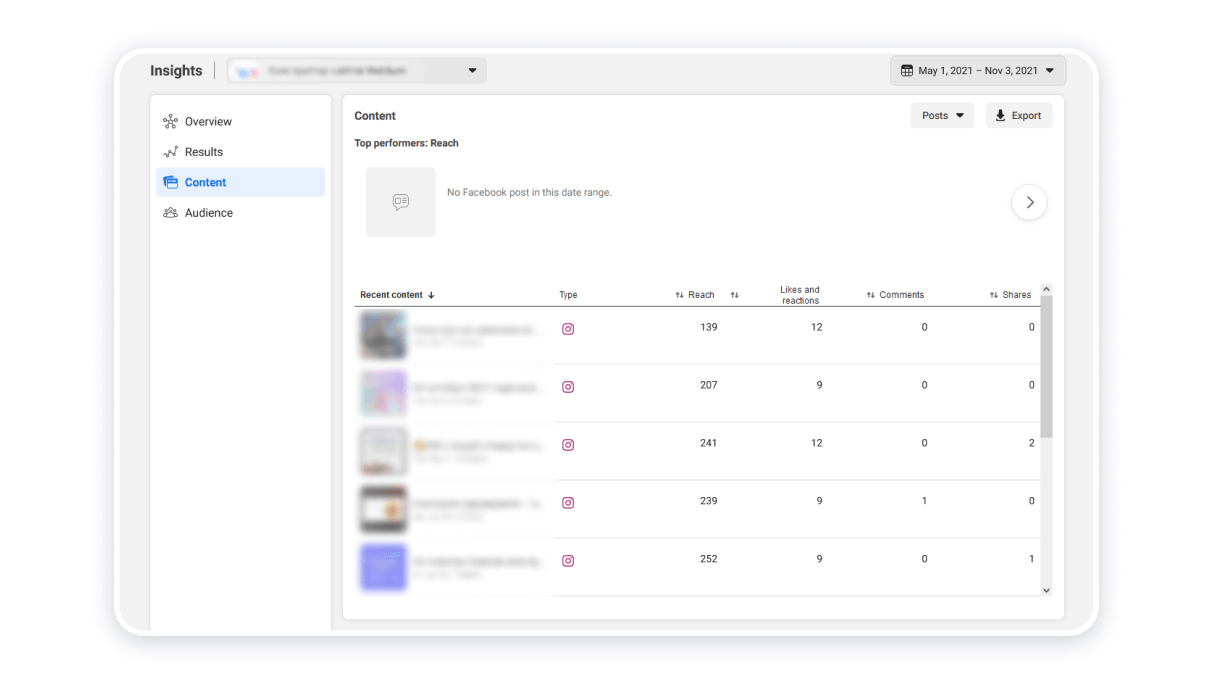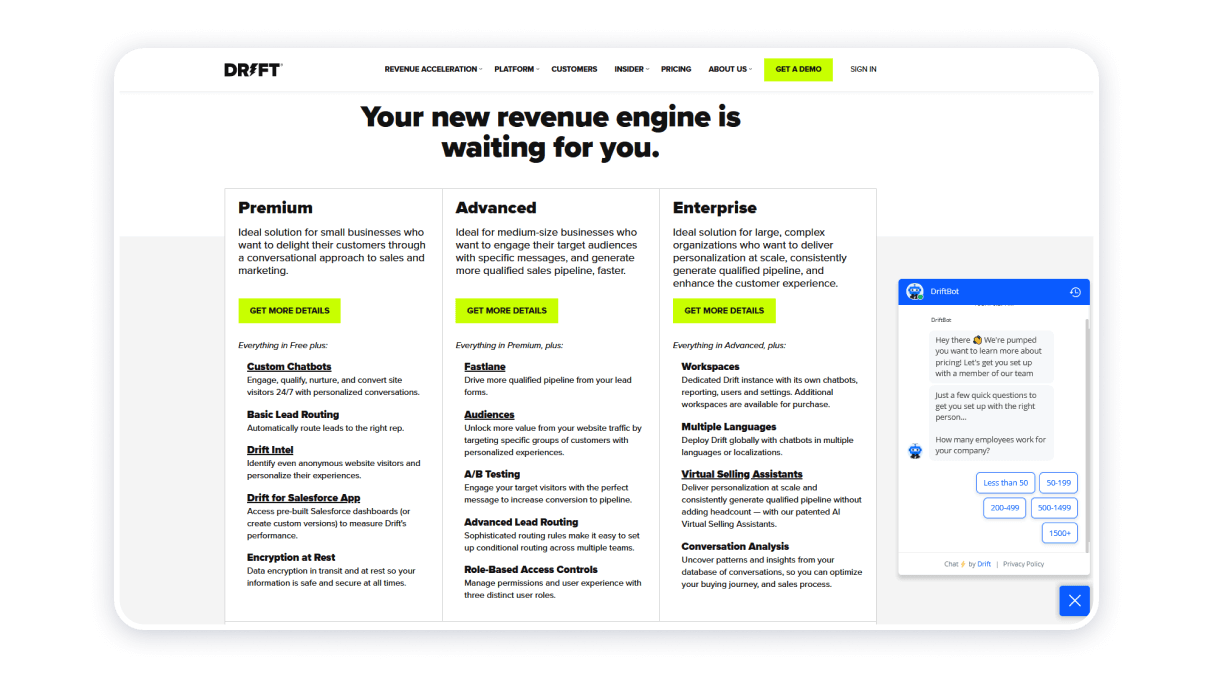What is Growth Marketing and How to Apply it in Your Business
If you have already tried looking for info on how to grow your business, then you most likely have heard of growth marketing.
So what is growth marketing? What types of growth marketing are there? How to apply them in your business? Let’s get right into it.
What is Growth Marketing?
Growth Marketing is developing and running tests in order to improve performance in a specific area. If you have any metric that you want to increase, growth marketing is a method that can be used to achieve the goal.
Growth marketing is more about analytics and data than creativity. It’s important to understand that each experiment should be aimed at growing and scaling the business. There might be failures in growth marketing, what’s important is to have new options for tests.
How to apply Growth Marketing?

Growth marketing can be applied to many of your business metrics, all of which are abbreviated as AAARRR (sometimes called Pirate Metrics for obvious reasons), which stands for Awareness, Acquisition, Activation, Revenue, Retention, and Referral.
Awareness
Awareness is brand building efforts that educate potential customers about your brand. It includes tactics like working with social media and SEO content optimization.
To solve this task, you can perform an experiment with your social media strategy. You can check which post frequency is most effective in driving traffic to your blog, or which type of content generates the most engagement. If you have Facebook Business Suite connected to your Facebook and Instagram pages, then you can monitor the indicators of reach, engagement and reactions to posts on your dashboard.

By analyzing how users react to your posts, you can plan further content strategy to increase engagement and other metrics.
Acquisition
Acquisition is the process of generating leads and gaining new customers, whether through gated content, chatbots, freemium sign-ups etc.
For example, on its home page, Slack engages users through an email collection form.
Growth marketing involves experimenting with the number of fields, text and button color to increase the number of form submissions.
Activation
Activation means encouraging people to use the product or service they have purchased as much or as quickly as possible. The learning process is part of this process.
For example, Facebook found that if users add seven friends within the first ten days of signing up, they are more likely to return and continue to interact with the platform.
If a customer has bought an item from your online store once, they are more likely to do it again. Your job is to help the customer to make their first purchase with ease. You can add a Buy in One Click button or offer free help from a manager who will choose a product for them.
Revenue
Revenue includes all activities that make money for your company, such as customers purchasing a product, signing a service contract, or updating an existing product or service.
You need to consider metrics related to revenue by experimenting with pricing strategies or how prices are displayed on the pricing page. You can explore tactics for increasing sales, such as sending messages when a customer is close to their plan’s limit or cross-selling at the time of placing a new order.
For example, to increase sales, Drift does not list the price on the price page. Instead, the “Get more details” button opens a chat with a manager. In live communication with a person, there are more chances to identify the client’s needs and sell the desired tariff.

Retention
Retention is the ability to keep customers in a product or service for a certain amount of time.
To increase retention, growth marketing suggests paying attention to ways of offering customers personalized support or adding value to a product for users.
For instance, Weblium offers 24/7 customer support for website building issues. At any time of the day or night, you can write to the chat and our specialist will answer you. This helps to retain users who have encountered problems and cannot solve them on their own. This kind of personalization helps customers get more value out of the product.
Referral
Ideally, people are so happy with your product or service that they simply refer new customers, but you can create referral programs as well. They will help add value to customers who bring their friends to you.
For example, for one referral, you can add free days to use the product or activate a new service.
Where to start
When choosing experiments, consider what impact the experiment might have. How many people is this going to affect? Will people get to the step you are experimenting with?
Say, if your online store has a lot of visitors, but there are very few paid baskets, you need to start working not on the basket itself, but on the payment systems. You may be offering unknown payment methods that confuse the customer while they’re trying to make a purchase.
You also need to make sure that your experiment gathers information from a large enough sample to get convincing results. If you’re running an experiment on something that doesn’t get many views, you may need to take a little more time with it to collect data from a large enough audience. If you have 10 visitors in an online store, and 0 are buying, then this is not enough for an experiment. Try to run ads and get at least 100 visitors a day.